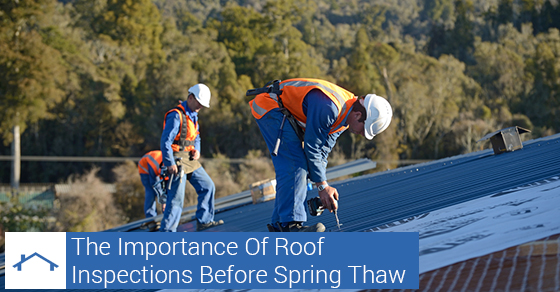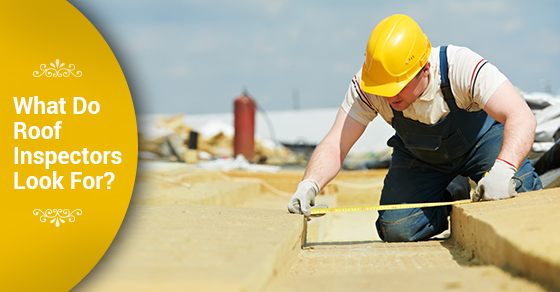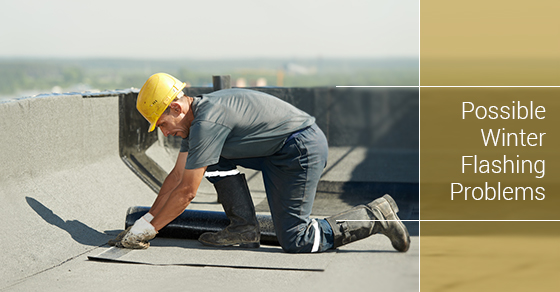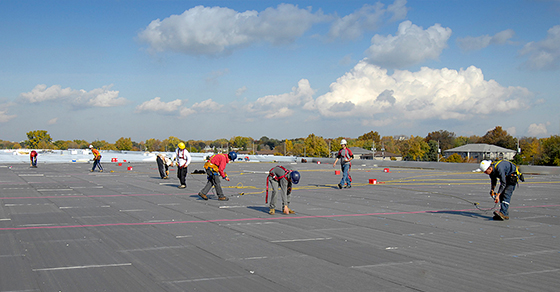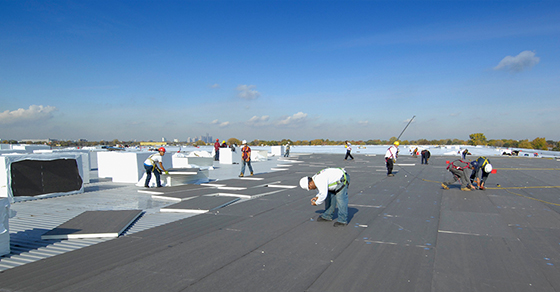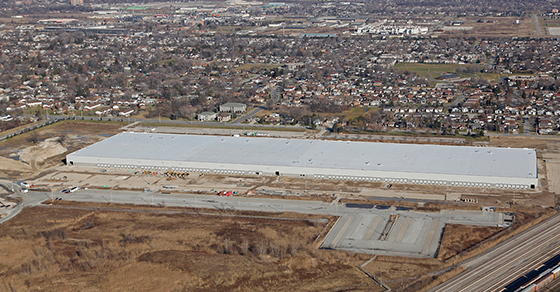From Lambs to Lions – Don’t Wait Until Spring to Re-Roof
March came in like a lion for those who live in southern Ontario, thanks to the hazardous and significant winter storm that came walloping in, dumping approximately 25 cm of snow over Toronto and other areas. If you’re waiting until spring to get that new roof or roof repairs done, better think again. Spring may be a few weeks away, but according to weather forecasts, old man winter may still have a parting shot or two before month’s end. Now, if your roof isn’t in bad shape, this really shouldn’t be an issue. But, if your roof is in need of repair, the inclement weather will only make matters worse.

We want spring to get here just as much as you do. However, if you wait for March to go out like a lamb before you get any roof work done, there’s a chance those problems will go from lambs to lions. Here’s why you should avoid the costly mistake of waiting until spring, whenever it decides to make an appearance at this rate, to re-roof:
1. WINTER ROOFING IS COMMON
Most people assume that re-roofing shouldn’t be done during the winter months. And, who can blame them? Our winter weather is harsh on roofs and it’s risky and more challenging to perform repairs on a roof during significant snowfalls and extreme cold. However, the seriousness of the roof situation can sometimes outweigh the risk of doing the job in the winter.
Empire Roofing is highly experienced in winter roofing and maintenance. If you suspect there is a problem with your roof, get in touch with us before it’s too late. The structure of your building and the safety of your employees may be compromised. Always remember, your roofing system is your first line of defence against the elements. Avoid any risks, our professional roofing crew will brave the winter elements to ensure your safety.
2. AVOID FURTHER DAMAGE
Winter may be the season of stillness, but it is also the season when all is hidden. When it comes to your roof, this means that just because you don’t see a leak, it doesn’t mean that there isn’t one. Often commercial, industrial or flat roof leaks go undetected until they cause major damage to your building. Water could be collecting or running down the interior of your walls. When the snow melts during the spring thaw, these roofing leaks could become a major issue and you could end up having to repair or replace more than your roof.
Bite the bullet and call Empire Roofing. We’ll get that roof leak repaired before you experience any interior or structural storms.
3. DIFFICULTY FINDING CONTRACTORS AND HIGHER PREMIUMS
The spring roofing rush could mean longer waiting times and difficulty finding commercial and industrial roofing contractors. With increased demand, some roofing companies and roof suppliers may have to turn down work or hire sub-contractors to keep up with all the work, which could end up having an impact on the overall quality of the work. You could also end up paying higher premiums, with prices seeing a rise of 10% or more during the spring. Meanwhile, your roofing issues will just worsen and cost you more to repair.
If you require roof repairs, a roof inspection or roof maintenance before the spring thaw, don’t hesitate to get in touch with Empire Roofing. Our professional, experienced and tireless roofing crew is always ready to ensure that your safety comes first and take pride in serving commercial and industrial properties with our state-of-the-art equipment.

